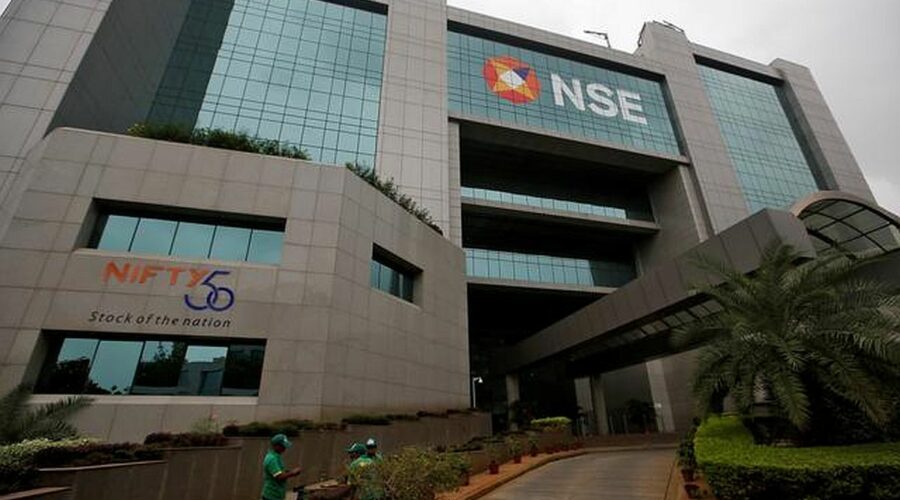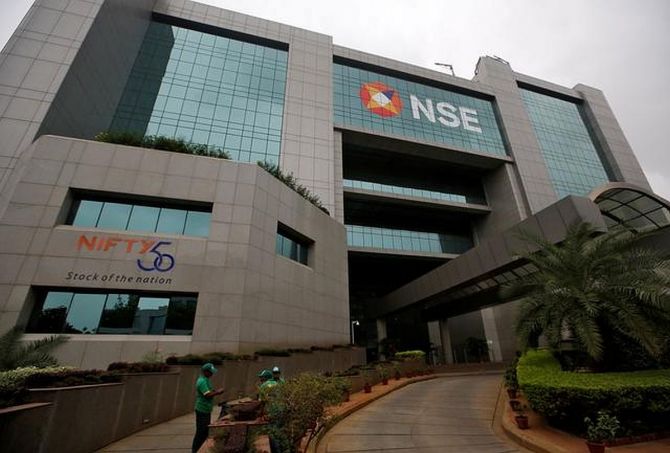More than skin-deep: Nifty Next 50 complexion to get a shade of difference
The National Stock Exchange (NSE) Nifty Next 50 Index could undergo large-scale changes if the proposed tweaks to its computation methodology get implemented.
In a discussion paper floated recently, NSE Indices, which owns and manages a portfolio of over 350 indices under the Nifty brand, proposed that only stocks that are traded in the futures and options (F&O) segment can be part of the index.
Currently, as many as 11 non-F&O stocks are part of the Nifty Next 50 Index, which, as the name suggests, represents the next rung of large and liquid securities after the Nifty50.
The Nifty50 and the Nifty Next 50 together make up the Nifty 100 Index.
Further, being a constituent of the Next 50 is mandatory to make it to the Nifty50.
The 11 non-F&O stocks that are currently part of the Next 50 are proposed to be removed in two phases.
In Phase I, the weights of the non-F&O stocks will be capped at 5 per cent, with effect from June 29.
Currently, these stocks can have a maximum weight of 10 per cent. In Phase II, which will be applied on September 28, all 11 stocks will be removed and replaced by F&O stocks.
Avenue Supermarts (DMart), Varun Beverages (VBL), Bajaj Holdings & Investment, Adani Green Energy, and Zomato could see the largest outflows from passive trackers due to the capping changes during the first phase, observe analysts.
Meanwhile, their weight will be redistributed to other index constituents.
Colgate-Palmolive, Shree Cement, Pidilite Industries, SRF, and Havells India are expected to see the biggest inflows during the first phase.
Sriram Velayudhan, vice-president, alternative research, IIFL Institutional Equities, expects outflows of Rs 127 crore from DMart and Rs 99 crore from VBL in the first phase.
The second phase to be implemented by the end of September is when the index will see massive churn of close to Rs 5,000 crore.
The 11 new stocks that will get added to the Next 50 are TVS Motor Company, Jindal Steel & Power, Punjab National Bank, Trent, Zydus Lifesciences, Shriram Finance, Indian Hotels Company, Polycab India, AU Small Finance Bank (SFB), Cummins India, and Abbott India.
According to analyst Brian Freitas, a New Zealand-based analyst with Periscope Analytics, he expects maximum inflows into Shriram Finance and AU SFB at over Rs 400 crore apiece.
Meanwhile, four Adani Group stocks are expected to be removed from the Next 50 index.
Other stocks that will get deleted include Life Insurance Corporation of India, Procter & Gamble Hygiene and Health Care, and FSN E-Commerce Ventures (Nykaa) due to their non-F&O presence.
The maximum outflows predicted for DMart, VBL, and Bajaj Holdings & Investment in the second phase are expected to be between Rs 85 crore and Rs 137 crore.
Ideally, the index providers look to avoid excessive churn in the indices. However, the proposed rule changes are seen favourably by analysts.
Abhilash Pagaria, head, Nuvama Alternative & Quantitative Research, says the proposed changes “will lead to a lot of churning and the removal of a few sizeable companies” but help reduce tracking errors.
“In the past three years, the Nifty50 passive tracking has nearly grown 3x to $28 billion, while at the same time, the Nifty Next 50 tracking is stuck at $1.5 billion.
“The main constraint Next-50 passive fund managers face is smooth replication of the index.
“In the past, few non-F&O stocks were trading at limits on or around rebalance dates, thus resulting in tracking errors. Having only F&O names can ease that difficulty,” he adds.
“The main point is that the assets of exchange-traded funds and index funds linked to the Nifty Next 50 Index have increased a lot, and it makes sense to only include stocks that are a part of the F&O segment of the market in the index.
“That would make index replication easier, given the issues with stocks trading up and down recently,” says Freitas.
The universe of stocks that will be considered for inclusion in the Next 50 will change.
Stocks that are part of the Nifty 100 Index that have F&O contracts but are not Nifty50 will be added to the Nifty Next 50 Index. However, if the number of index constituents is less than 50, stocks from the Nifty Midcap 50 Index will be considered.
Further, the weight of each stock in the index will be capped at 23 per cent, and the weight of the top three index constituents will be capped at 62 per cent.
The market consultation on the proposed changes to the computation methodology closed on June 10.
Source: Read Full Article


